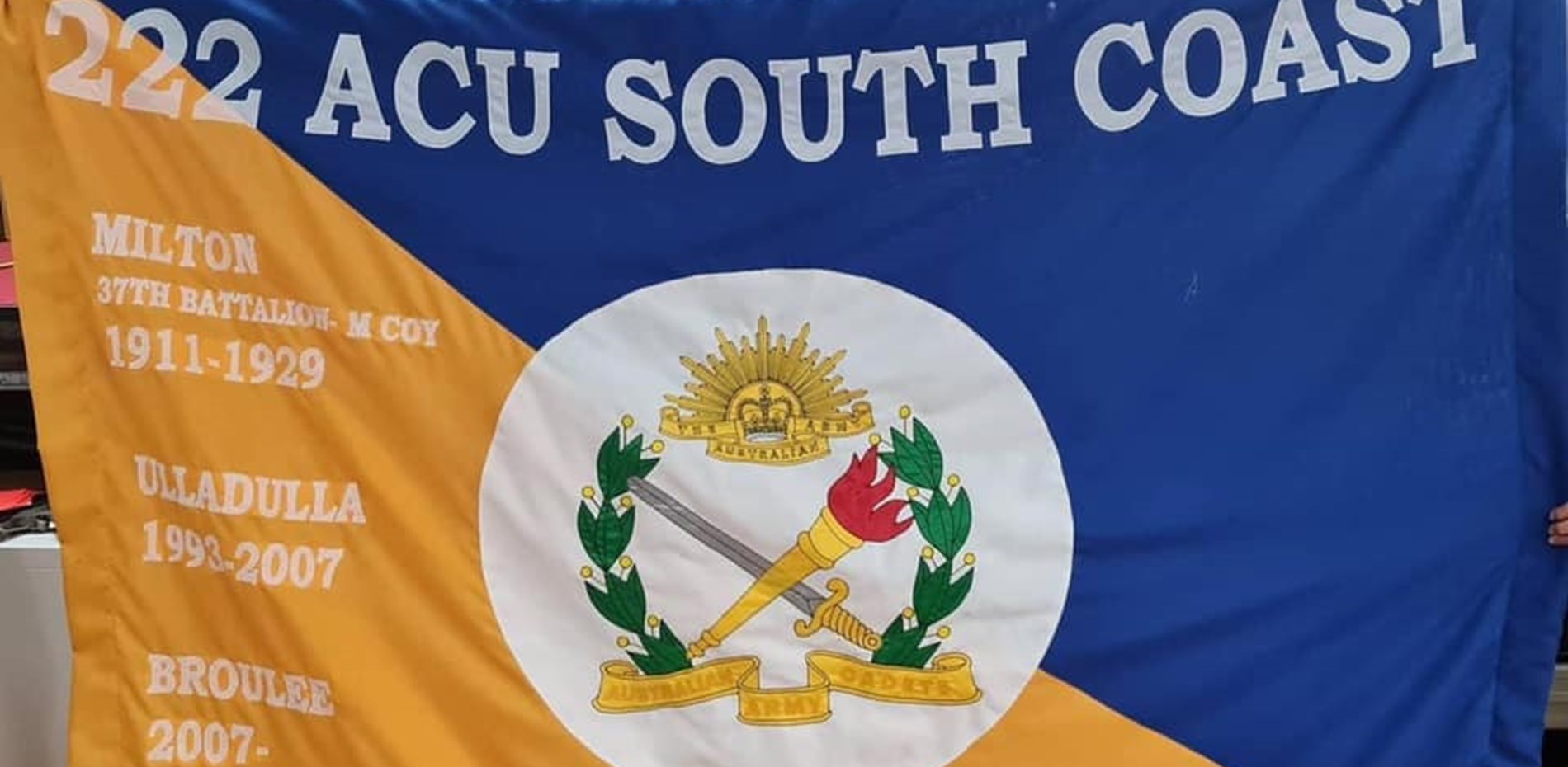Mrs PHILLIPS (Gilmore) (18:49): [by video link] My electorate is steeped richly in naval tradition, home since 1948 to HMAS A lbatross near Nowra. The naval air station for the Royal Australian Navy's aviation branch, the Fleet Air Arm, is home base for the four helicopter squadrons of the Navy Aviation Group: 723 Squadron with EC-135T2+ helicopters, 725 Squadron with MH-60R Seahawk helicopters, 808 Squadron with MRH-90 Taipan helicopters, and 816 Squadron with MH-60R Seahawk helicopters. There is also 822X Squadron with unmanned aerial systems.
Then there is HMAS Creswell, located on the south-western shores of beautiful Jervis Bay within the Jervis Bay territory, home to the Royal Australian Naval College. So, locally, our young people, as members of their respective Navy, Air Force and Army cadet units understand the significance of Defence values — Defence values, which, by extension, are their value of service, respect, integrity, teamwork and excellence.
The weekly parade, over three hours, brings to its core the military-themed youth development program, advancing teenage children with personal confidence, time management and community participation. This is from procedural roll call to uniform inspections, but practical lessons also—for example, from construction of shelters, understanding navigation by utilising compass bearings and necessary radio procedure, through to Australian military history, including medals.
But there's also plenty of activity in the field, on camp and the usually most-enjoyed adventure training. At HMAS Albatross, under the base commander, Captain Robyn Phillips, there is now proudly a cadet program for the Australian Navy, Australian Air Force and Australian Army Cadets. The latter were established just last year, with eight cadets at the Sussex Inlet RSL sub-Branch. It now welcomes 26 members, parading within the multipurpose training aviation authority at HMAS Albatross.
One of the main concepts within their exercise routines is for the cadets to share a semi-realistic idea of what the Australian Defence Force is all about. They learn about the rank structure, how to follow orders and how to give orders, as a great number of cadets will progress and complete promotion courses like lance corporal and corporal and rise to become a cadet under-officer. Once a unit has a cadet with rank, the focus changes so that cadets lead cadets. Upon completion at the age of 18, the grounding is vast and completely transferrable into employment opportunities. Additionally, banking on their developed radio and navigation skills, many become welcome members of local Rural Fire Service, SES and/or marine rescue community services. I understand that the cadet family at HMAS Albatross is hopeful of holding an inaugural tri-service parade in December.
Further, within the electorate of Gilmore is also 222 Army Cadet Unit—South Coast. It has an historical lineage that includes being based at Milton from as early as 1911 and a renewal in Ulladulla from 1993 to 2007, before relocating to Broulee—south of Tomakin and north of Moruya. For some time the weekly parades on a Wednesday have been held within a local high school; however, increasing restrictions, given the COVID pandemic, have brought real challenges, with limitations as to what the school can allow the cadets to do. For the last several months, meetings have been limited to online. I'm aware there's consideration to moving the unit to facilities in Moruya.
It is clear to me that the opportunity to form part of a team, one that fosters leadership with consideration of the immediate community, is the real essence of being an Australian Defence Force cadet—and to willingly demonstrate this publicly by supporting local sub-branches and participating directly during commemorative occasions like Anzac Day and Vietnam Veterans' Day. Should this lead in time to an interest in a Defence Force career, then I suppose it's double good luck.
I would like to acknowledge the commitment, energy and guidance of the many volunteers and leaders who guide, coach and mentor our cadets. Their investment with Australian Defence Force Cadets reaps its return not only locally in Gilmore but across Australia.
I say thank you.



